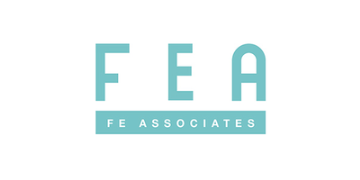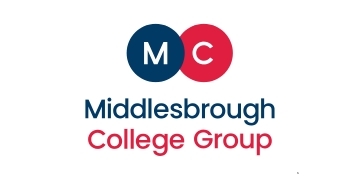As a teacher with 17 years of experience and a literacy specialist, I was particularly interested in watching Monday’s Channel 4 documentary, Jamie’s Dyslexia Revolution and reading his article in these pages.
As this week is phonics screening check week, the focus on literacy and SEND is heightened, and the documentary has become part of a wider discussion.
The documentary does a great job provoking a conversation about how we best meet the needs of pupils with dyslexia. It was heartening to hear Jamie say that schools fill him with hope. His call for more and better professional development for teachers on SEND, especially regarding literacy, is encouraging.
It is likely that as a result of this documentary schools might see an increase in parents asking how their child’s literacy needs are being supported in school.
So, what questions are parents likely to ask and how might we respond?
What can I be doing as a parent?
First and foremost, reassure parents and carers that they play an essential role in supporting you to understand their child as an individual. This includes children’s engagement in learning and attainment, but just as importantly, their lives out of school.
Making time for these conversations underscores your commitment to each child’s success and fosters a strong partnership between home and school.
How do you identify literacy needs?
It’s helpful to explain how your school’s assessment of their child’s literacy needs covers speech, language and communication, and phonological awareness, in addition to reading and writing.
Parents might be unsure of the role of external experts, and how collaborating with specialist services like educational psychologists and speech and language therapists supports understanding their child’s specific needs.
Reassure parents that these assessments are designed to support their child’s development and are conducted with their child’s best interests at heart.
When should we seek a formal assessment?
We need to support parents to understand that children develop at different rates and that a certain level of maturity is required before a formal diagnosis.
For this reason, the British Dyslexia Association recommends against formal dyslexia assessments before age seven.
Meanwhile the Driver Youth Trust, another dyslexia specialist organisation, emphasises the importance of high-quality provision in every classroom.
How do you support in the classroom?
Take the time to explain your school’s commitment to high-quality, evidence-led teaching.
Delivering high-quality literacy instruction, supported by adaptive teaching and ample opportunities for practice and repetition, creates an environment where every pupil can thrive, including those with dyslexia.
Describe the adaptations their child receives, how these meet their needs, and the ways in which they are supported to work with increasing independence.
What if it isn’t working?
Support parents to understand that while many children’s additional needs can be addressed through skilful whole-class teaching, in some cases focused support may be required.
Take the time to share with parents how interventions are tightly matched to need, led by highly trained staff, and reviewed regularly to ensure they work.
It is also vital to identify how you ensure that interventions do not limit their child’s engagement with the broader curriculum or negatively affect motivation and self-belief.
During this discussion, explain how they can adopt similar methods to support their child at home.
Beyond these conversations, take time to reflect on how your school develops teacher expertise, both to gain deeper understanding of dyslexia and to deliver high quality teaching that is inclusive of all learners.
The current focus on equipping trainee teachers with the skills to support children with dyslexia confidently and effectively is a crucial part of educating the next generation of teachers.
However, established teachers and leaders also need continuous training in typical literacy development, including recognising dyslexia symptoms, and supporting dyslexic pupils.
As this new documentary brings dyslexia into the spotlight, let’s seize this moment to focus on supporting pupils with all kinds of literacy needs.












Your thoughts